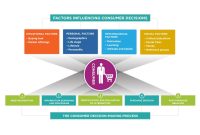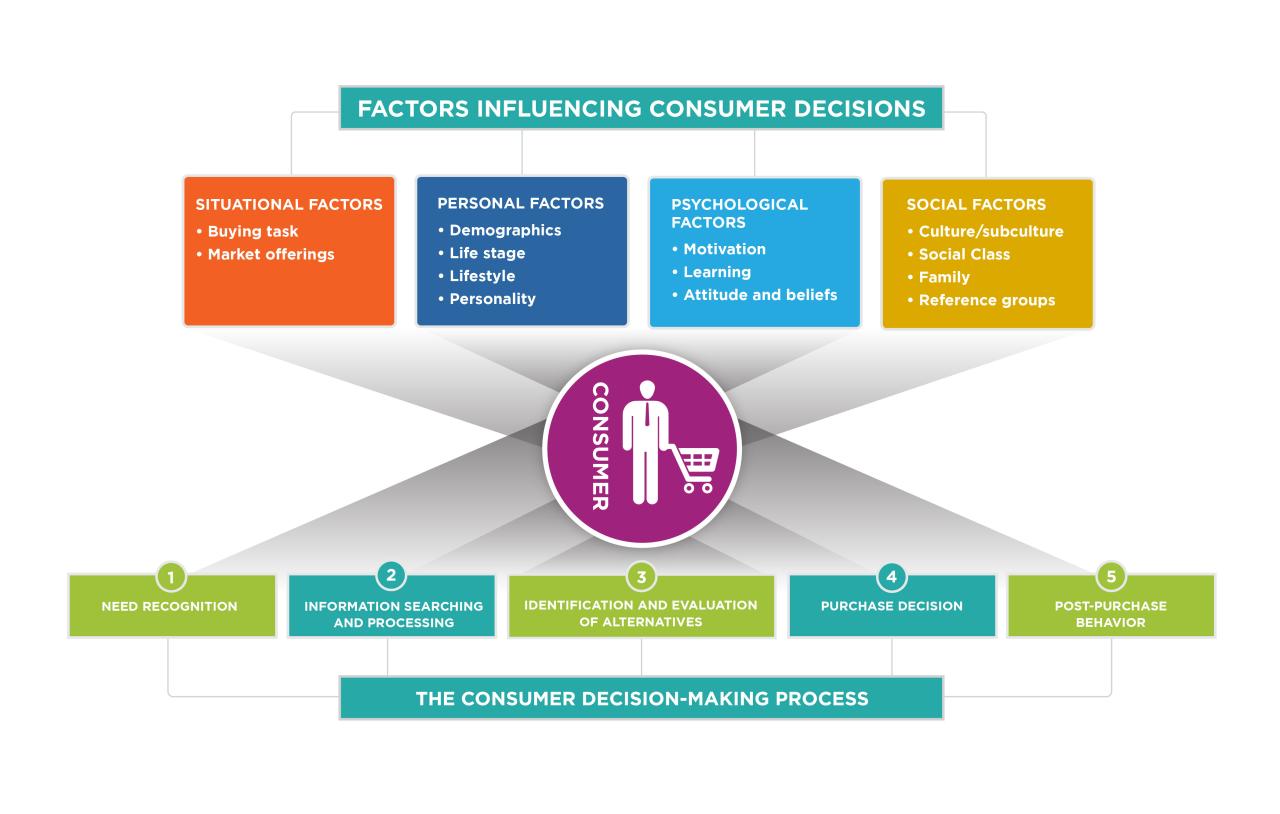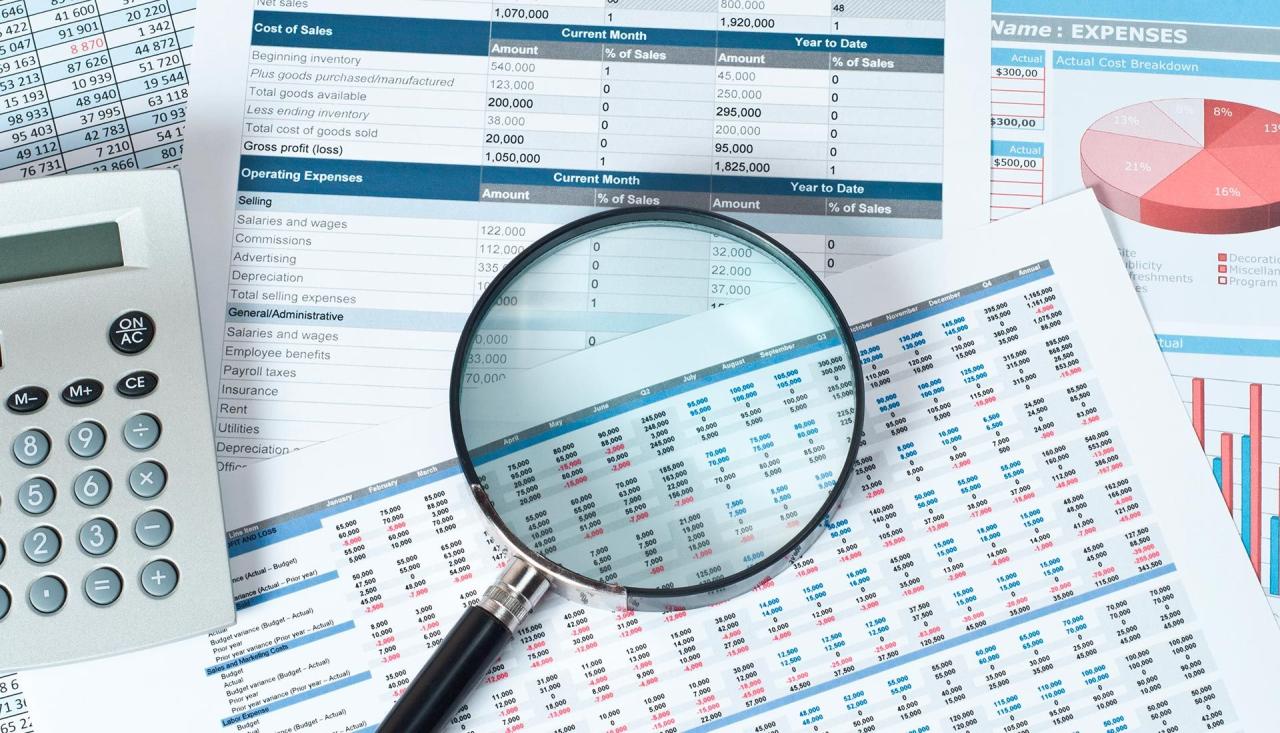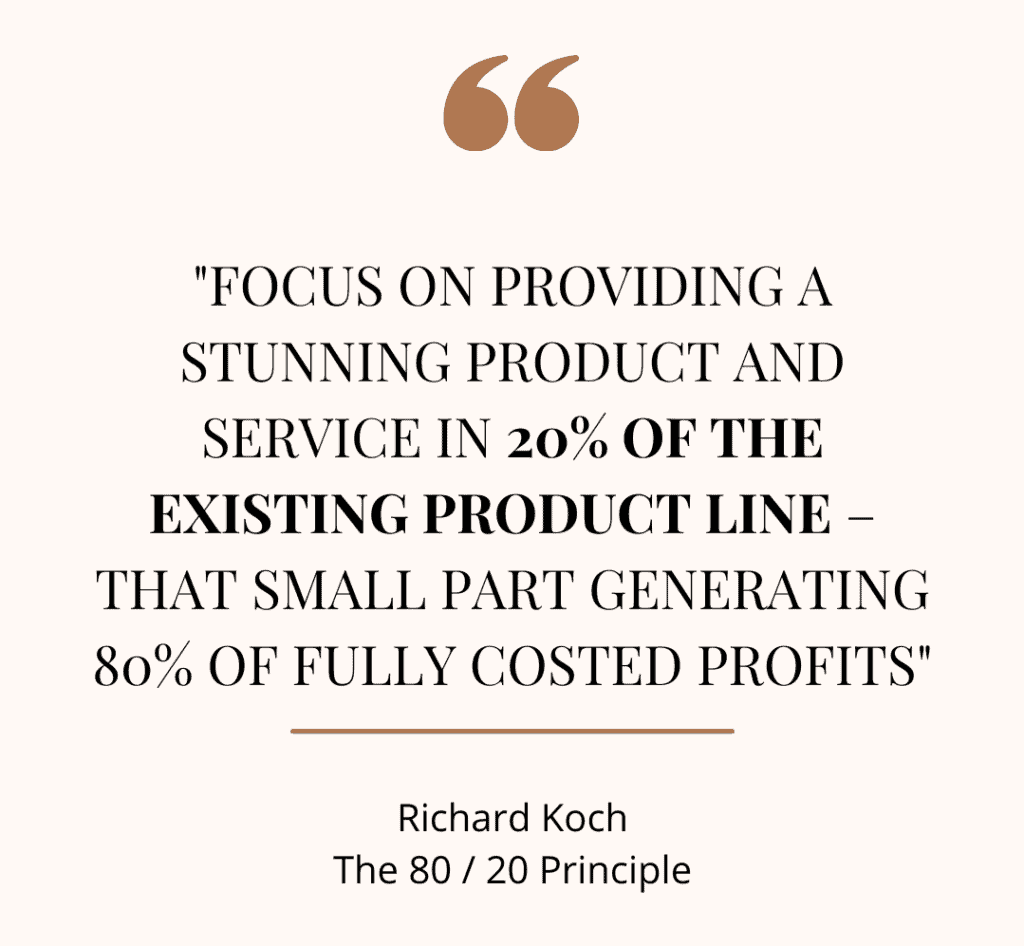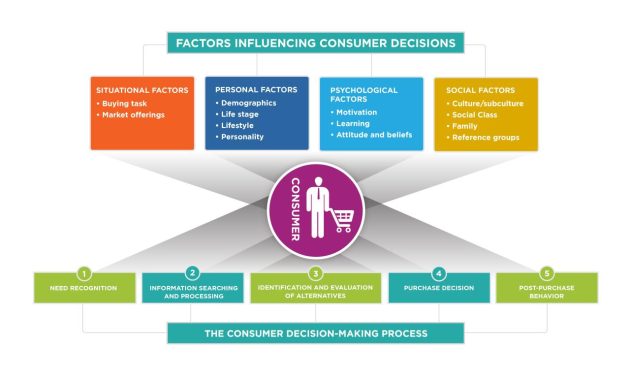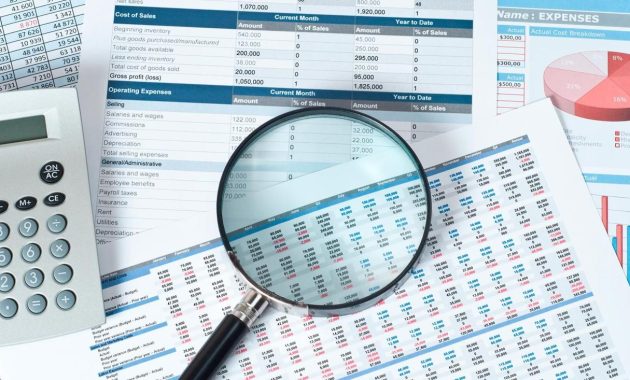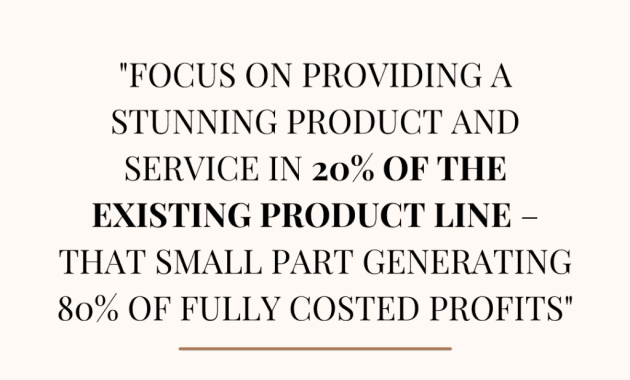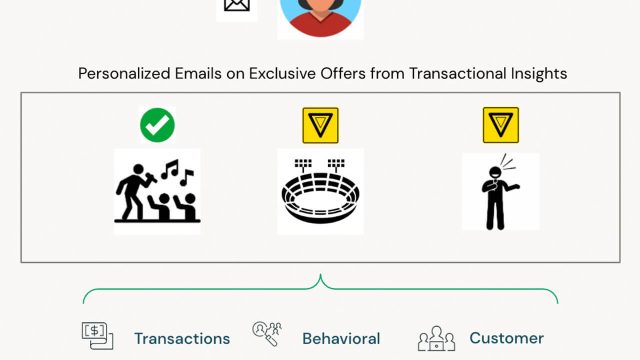Cost Volume Profit (CVP) analysis is a powerful financial tool that plays a crucial role in decision-making for businesses of all sizes. By analyzing the relationships between costs, volume of sales, and profits, CVP helps managers make informed decisions regarding pricing, production levels, and cost control.
The primary goal of CVP analysis is to understand how changes in these variables affect a company’s profitability. This knowledge is essential for optimizing resource allocation, setting strategic goals, and managing financial risks.
At its core, Cost-Volume-Profit analysis examines the impact of varying levels of production or sales on a company’s profitability. It takes into account fixed costs, variable costs, sales price per unit, and the number of units sold to determine how changes in any of these factors affect profits.
The key components of CVP analysis are:
- Fixed Costs: These are costs that do not change regardless of the production volume. Examples include rent, salaries, and insurance.
- Variable Costs: These costs fluctuate based on production levels. Examples include raw materials, direct labor, and shipping costs.
- Sales Price per Unit: This is the amount a business charges customers for each unit of product sold.
- Contribution Margin: This is the difference between sales revenue and variable costs. It indicates how much revenue from each unit sold contributes toward covering fixed costs and generating profit.
- Break-even Point: This is the point at which total revenue equals total costs, meaning the business is neither making a profit nor incurring a loss.
The Importance of Cost Volume Profit (CVP) Analysis in Decision Making
CVP analysis is a valuable tool for managers when making important financial and operational decisions. By understanding how costs and sales volumes influence profit, businesses can make more informed decisions about pricing strategies, product lines, and expansion opportunities.
a) Pricing Decisions
One of the most significant areas where CVP analysis comes into play is pricing decisions. Determining the right price for a product is a delicate balancing act. If the price is too high, demand may drop; if it is too low, the company might struggle to cover its costs and generate a profit. CVP helps managers understand how different pricing strategies will affect profitability.
For example, if a company wants to introduce a new product, they can use CVP analysis to determine how many units they must sell at different price points to break even or achieve a target profit. This allows managers to set competitive yet profitable prices that align with market demand and production capabilities.
b) Profit Planning and Target Setting
CVP analysis is also crucial for profit planning. By calculating the break-even point, managers can set realistic sales targets to achieve desired profit levels. Once the break-even point is determined, companies can establish how many units they need to sell beyond this point to meet their profit objectives.
For instance, if a company knows it needs to sell 10,000 units to break even, they can use CVP analysis to calculate how many additional units must be sold to reach a profit of $100,000 or any other target. This level of planning helps businesses set achievable goals and focus their resources effectively.
c) Decision Making on Product Mix
CVP analysis is particularly useful when companies sell multiple products. It helps managers decide on the optimal product mix by analyzing the contribution margin of each product. By comparing how much each product contributes to covering fixed costs and generating profit, businesses can focus on promoting and producing the most profitable items.
For example, if Product A has a higher contribution margin than Product B, the company might choose to allocate more resources to producing and marketing Product A. This ensures that the company maximizes its profits by focusing on its most lucrative products.
d) Cost Control and Operational Efficiency
CVP analysis helps businesses identify areas where cost control can improve profitability. By examining variable and fixed costs, managers can pinpoint inefficiencies or areas where cost-cutting measures can be implemented without sacrificing product quality or sales volume. For example, a company might analyze its production processes to find ways to reduce material waste or labor costs, ultimately improving its contribution margin and overall profitability.
In addition, CVP analysis allows businesses to assess how changes in fixed costs, such as an increase in rent or salaries, will impact their break-even point and profitability. This information helps companies make strategic decisions about investments, cost control, and long-term financial planning.
Break-even Analysis: A Key Component of CVP
Break-even analysis is a critical part of CVP and is frequently used in decision-making. It helps businesses determine the point at which total revenue equals total costs, meaning the company covers all expenses but does not yet generate a profit.
To calculate the break-even point, businesses use the following formula:
Break−even point (in units)=Fixed CostsSales price per unit−Variable cost per unitBreak-even \, point \, (in \, units) = \frac{Fixed \, Costs}{Sales \, price \, per \, unit – Variable \, cost \, per \, unit}
The break-even analysis helps businesses answer key questions such as:
- How many units need to be sold to cover fixed costs?
- At what sales volume will the company start making a profit?
- How sensitive is the business to changes in sales volume or production costs?
By knowing the break-even point, businesses can make more informed decisions about scaling operations, entering new markets, or adjusting their pricing strategies.
Limitations of CVP Analysis
While CVP analysis is a powerful tool, it does have limitations. For instance, it assumes that fixed and variable costs are linear and constant, which may not always be the case in real-world scenarios. Additionally, CVP analysis typically focuses on short-term decisions and may not account for long-term changes in market conditions or customer preferences.
However, despite these limitations, CVP analysis remains an invaluable tool for managers looking to make informed decisions about pricing, cost control, and financial planning.
Cost-Volume-Profit analysis plays a crucial role in helping businesses make informed decisions about pricing, profitability, and resource allocation. By understanding the relationships between costs, sales volume, and profit, managers can set realistic financial goals, improve operational efficiency, and maximize profitability.
While CVP has its limitations, its insights are invaluable for strategic decision-making, making it an essential tool for businesses aiming for long-term success.



